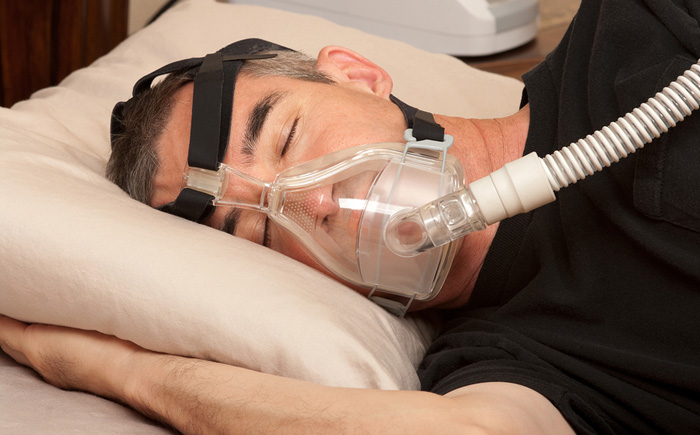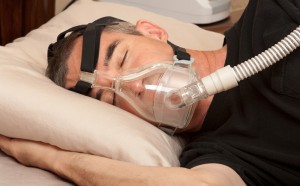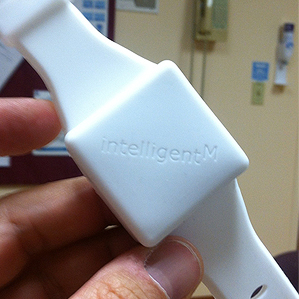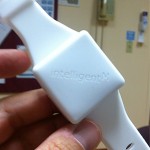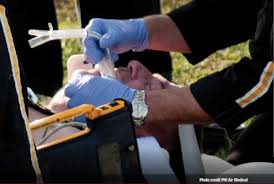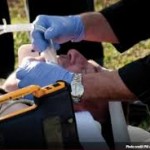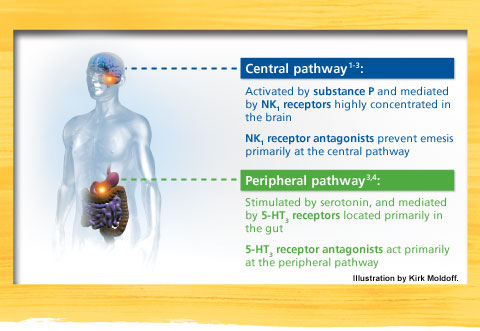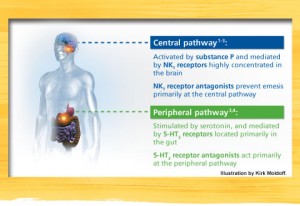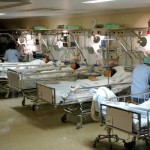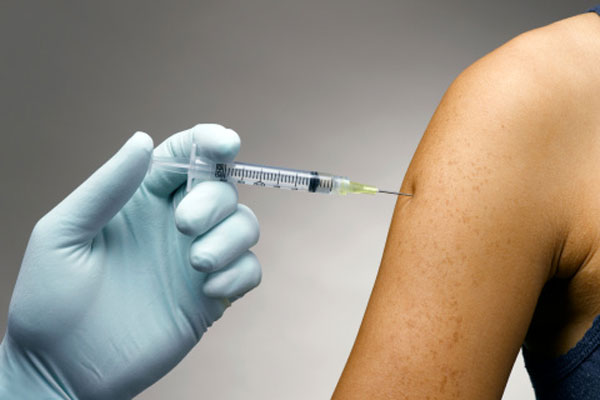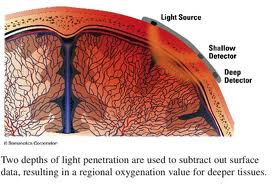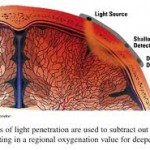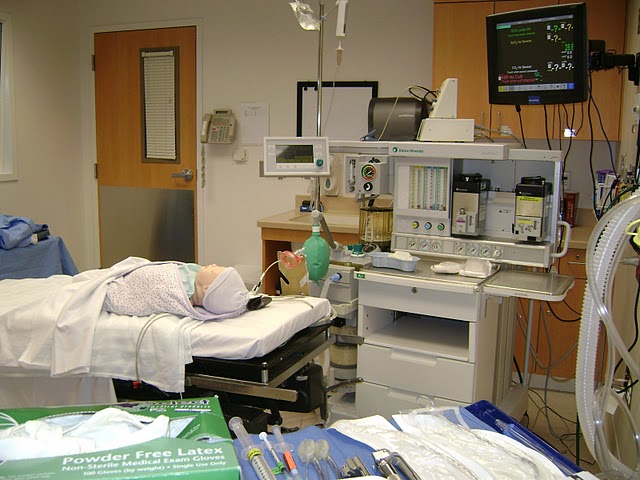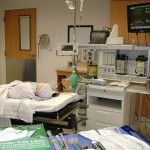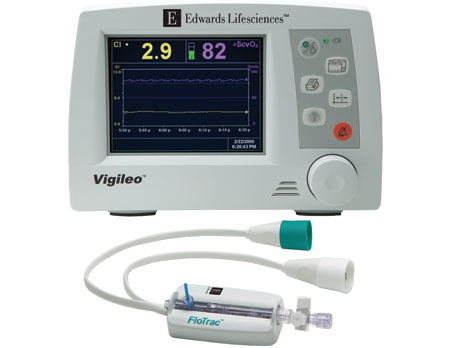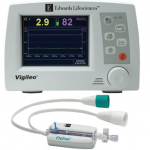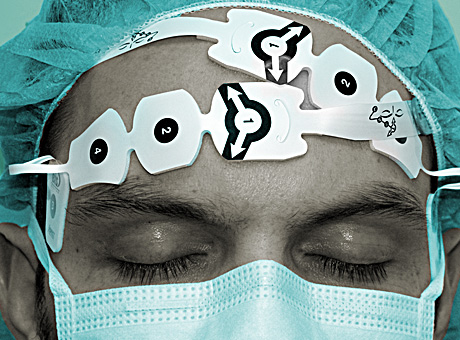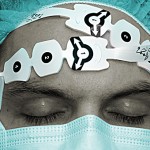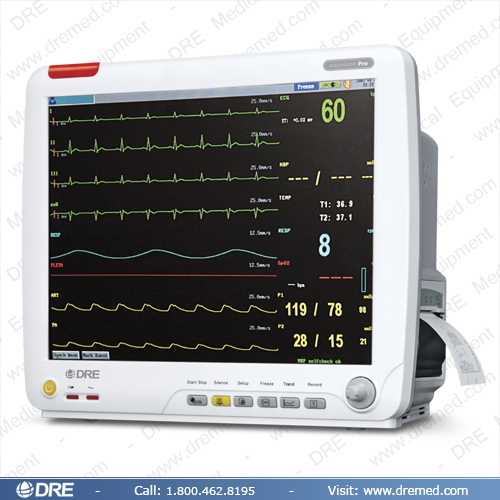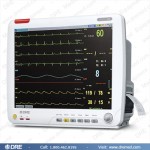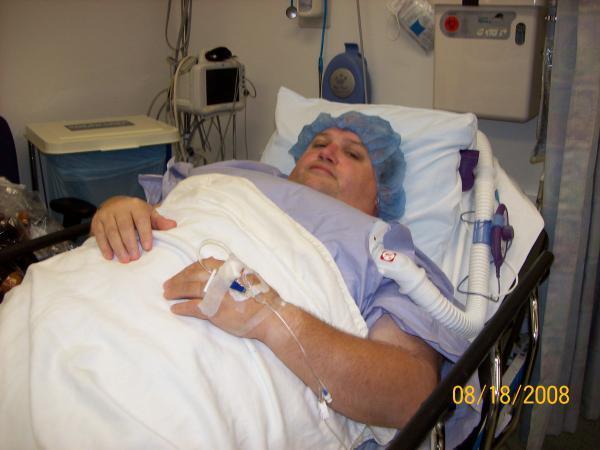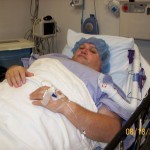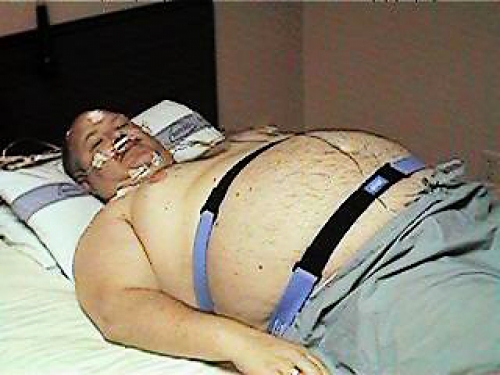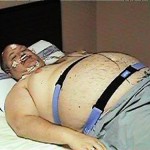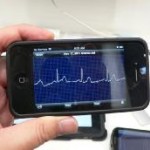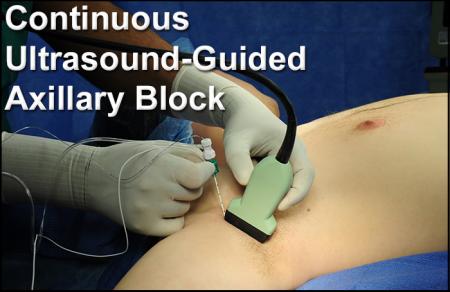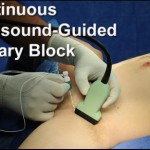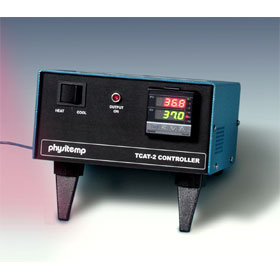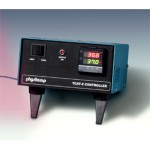By Thomas Davis, CRNA, MAE Follow @procrnatom
Author, Leader Reader 1, Authentic Lessons in Leadership
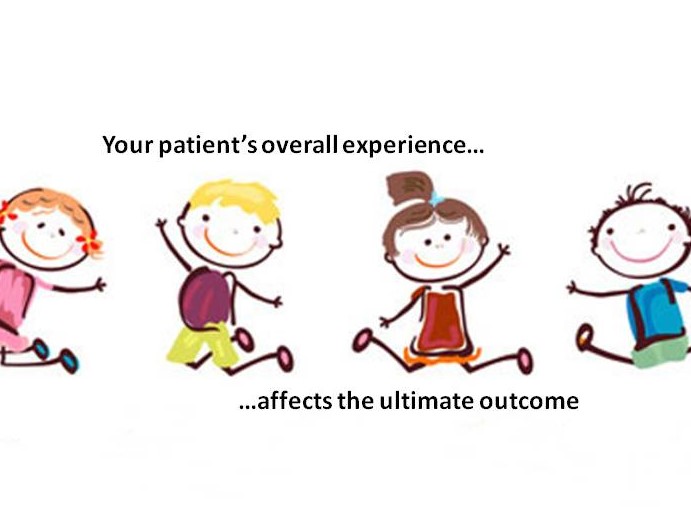 Patient satisfaction, patient rights and the patient’s experience are factors that drive healthcare reimbursement across the United States. Those of us who have been healthcare providers for decades can remember the “good old days” when patients had few rights and little thought was given to patient experience. After all, we were trained professionals and knew what was best for our patients. The pendulum has now traveled to its opposite end of the arc and medical care is directed not only to curing disease but also creating a positive experience. The new model of healthcare delivery begs the question, “Does today’s patient-centered healthcare delivery system have any benefit beyond making the patient feel better about the experience?” The answer is a resounding YES. In the words of British physician Sir Sam Everington, “…it’s not about what is the matter with the patient, but what matters to the patient.”
Patient satisfaction, patient rights and the patient’s experience are factors that drive healthcare reimbursement across the United States. Those of us who have been healthcare providers for decades can remember the “good old days” when patients had few rights and little thought was given to patient experience. After all, we were trained professionals and knew what was best for our patients. The pendulum has now traveled to its opposite end of the arc and medical care is directed not only to curing disease but also creating a positive experience. The new model of healthcare delivery begs the question, “Does today’s patient-centered healthcare delivery system have any benefit beyond making the patient feel better about the experience?” The answer is a resounding YES. In the words of British physician Sir Sam Everington, “…it’s not about what is the matter with the patient, but what matters to the patient.”
In the present atmosphere of evidence based medicine, studies are ongoing and publications are appearing to support the concept that both safety and ultimate outcomes are tied to the patient’s overall experience which drives their satisfaction. The Agency for Healthcare Research and Quality (AHRQ) correlated patient satisfaction with outcome and made the following observations about the snowball effect that satisfaction has on outcome.
• Effective communication is essential for patients to have a positive experience.
• A good patient experience is related to a lower risk for malpractice claims.
• Patients who perceive the experience as positive are more likely to comply with treatment and achieve better results
• Efforts to improve the patient’s experience also result in a higher level of employee satisfaction and reduced staff turnover.
• The quality of the relationship between the patient and provider is a major predictor of loyalty to the provider and the treatment plan.
Articles related to improving the patient’s healthcare experience are weighted heavily toward improving communication between the physician and the patient. However, the overall experience of the patient depends on much more than the few minutes that they actually talk with the physician. In a system that is truly focused not only on quality care but also patient experience, every person in the organization is important. Patients don’t care how talented the doctors or nurses are if they must struggle to gain access to the system or sense a lack of respect. The Cleveland Clinic addressed the issue by implementing the tagline WE ARE ALL CAREGIVERS and applying it to ALL employees at all levels.
Regardless of your location or job description, when you interact with a patient, you are contributing to their experience. Along with the competence that you bring to the job, your attitude is important. When patients think back on their hospital experience, they often have a vivid memory of attitudes and the perception of being valued whereas the memory of the actual treatment received may be blurred.
Patients entering the hospital know that not all conditions and diseases have a happy outcome. A terminal condition will take its course, however, both the patient and family can feel valued and maintain their dignity based on their perception of respect and a sincere desire by the healthcare team to ease their pain. Here are some ways to create a positive experience even in the most difficult situations.
• Set the tone by showing up each day with a smile and positive attitude.
• Make eye contact and engage in conversation where appropriate.
• Always introduce yourself and let the patient and family know what you are doing before starting a treatment or giving a drug.
• Uncover the patient/family personal needs. Discover what is important to them beyond the medical care and make accommodations if possible.
• Take time to listen. Attentive listening validates the patient and their concerns.
• Resolve everything that you can immediately and on the spot. If there is something that you are qualified to address, don’t delay by seeking permission.
• Never settle for “OK.” Challenge yourself to make it perfect.
Patient-centered healthcare delivery has clear benefits beyond making the patient better. By extending the focus of patient-centered care to the family, we created the ultimate win-win scenario. Patients are more satisfied and have better outcomes. The work environment becomes more of a ‘happy place’ and staff engagement improves. Patient loyalty develops and patients walk away with the commitment that there is no other place where they would seek care.
ProSynEx Your source for leadership coaching and team building
www.prosynex.com





